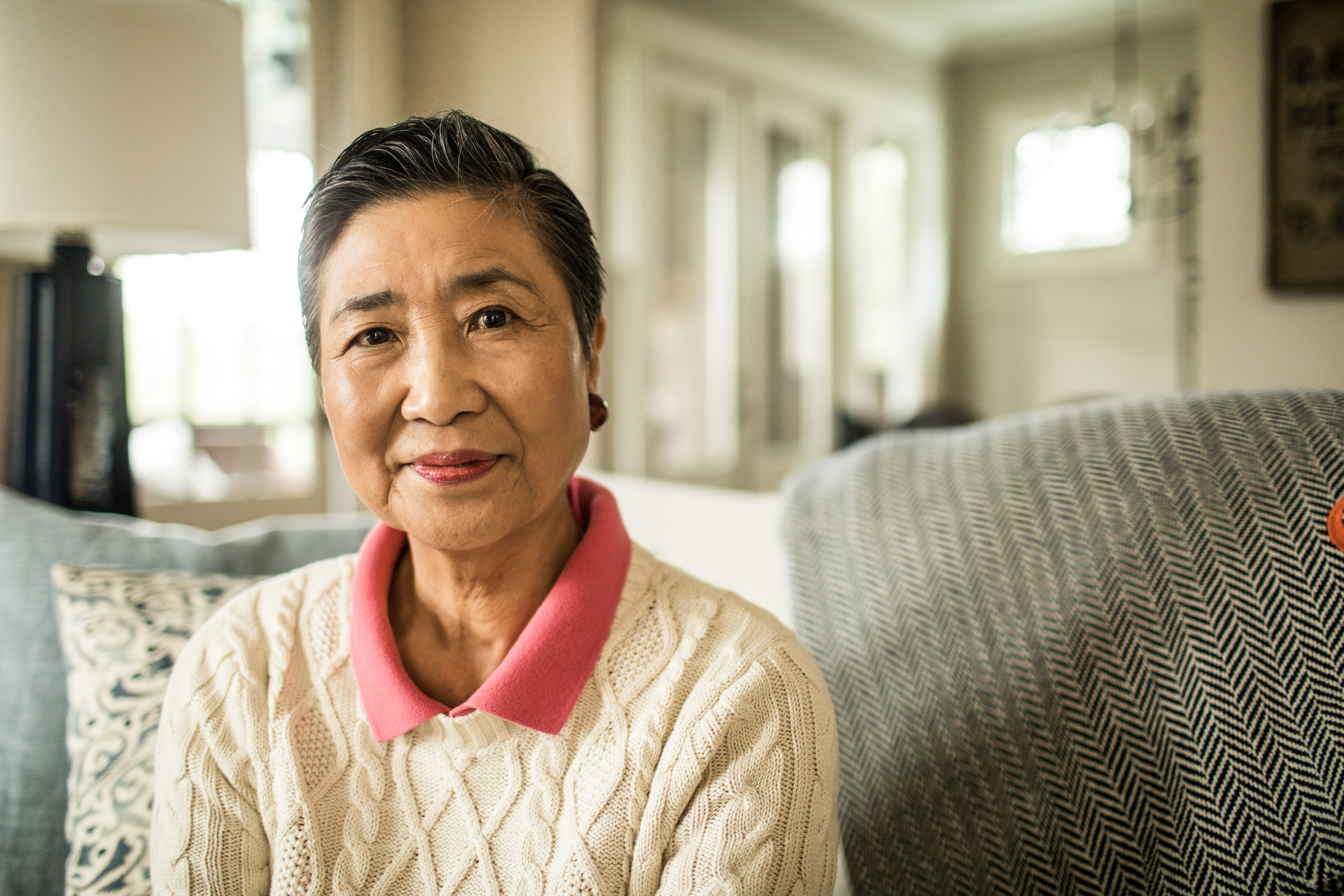
While it’s no secret preventive measures are essential to keeping people healthy, many seniors wait for their annual wellness visit to gain updates on their health status. For individuals with chronic conditions like diabetes, preventive and diagnostic screenings and services provided as part of an In-Home Health Evaluation (IHE) can help fill the gap between office visits and serve as a hub for the continuum of care.
Nearly 30% of adults in the United States over the age of 65 have diabetes, and many more are at risk. Our over-reliance on facility-bound prevention has exacerbated how much we spend on diabetes as a nation, with $1 out of every $7 spent on healthcare going to treat diabetes and diabetes-related conditions like blindness, kidney and cardiovascular diseases, stroke, and amputations.
IHEs help identify health risks before they become severe, preventing expensive adverse events and facilitating holistic condition management across care settings for better cost and quality outcomes. And according to a Signify Health Harris poll conducted in late 2020, 61% of U.S. seniors are interested in receiving healthcare services in their home, with 65% expressing willingness to participate in an in-home health assessment that includes diagnostic and preventive services.
Every day, in every county and state across the country, Signify Health licensed clinicians visit Medicare Advantage plan members to conduct comprehensive health evaluations in the comfort and convenience of members’ homes. They often perform diagnostic screenings and services, including the Hemoglobin A1c test and diabetic eye exams. These are essential for diabetes management and can provide critical insight into the effectiveness of members’ current treatment plans.
Beyond the necessary diagnostic and preventive screenings, our clinicians monitor members’ medication adherence, check their health status, and spend time answering any questions they may have about their conditions. For people living with diabetes, these in-home screenings and services can be critical. As many as 60% of people with elevated HbA1c levels, for example, are not adherent to their treatment plan. The information gathered during an IHE can inform care team decisions that prevent adverse health events and reduce costly emergency and critical care services.
If we want to improve diabetes outcomes for seniors, the home should be an essential part of their care. Home is where we can be proactive about prevention, re-engage seniors with their health, have the most transparency into their everyday lives and routines – and where we can best support their annual wellness visits. Learn more about closing gaps in diabetes management with preventive and diagnostic services. (This article also is posted in the RISE Quality & Revenue Community quarterly newsletter).
